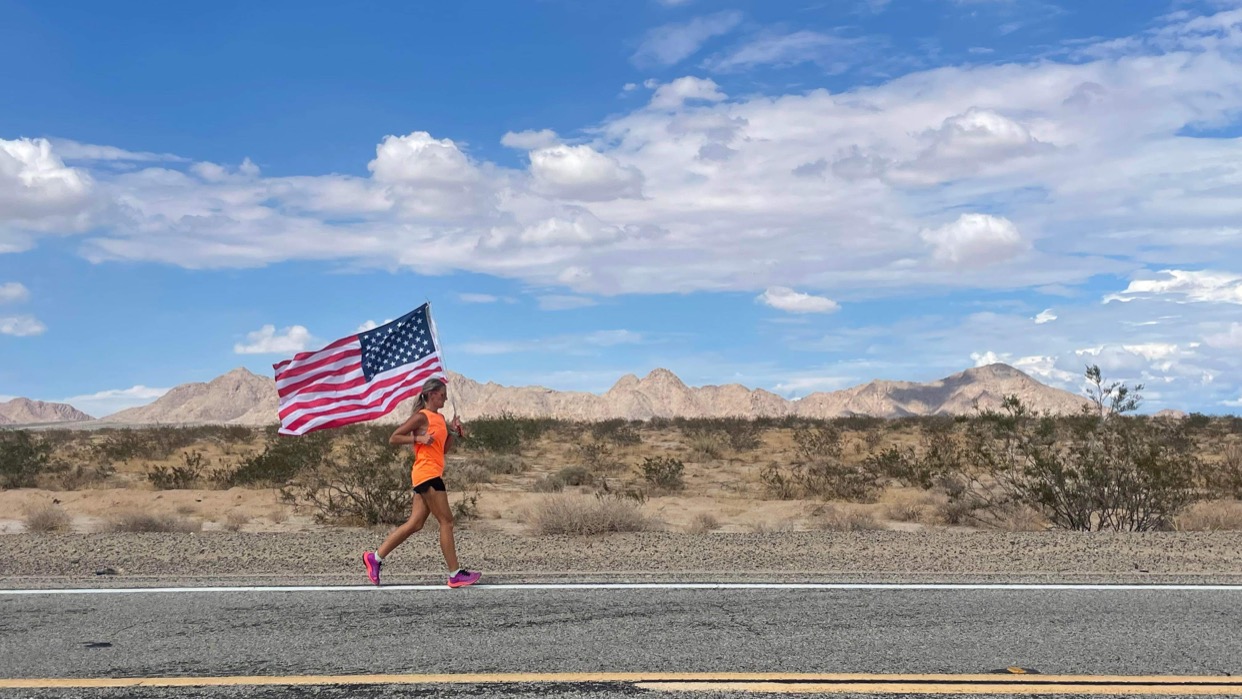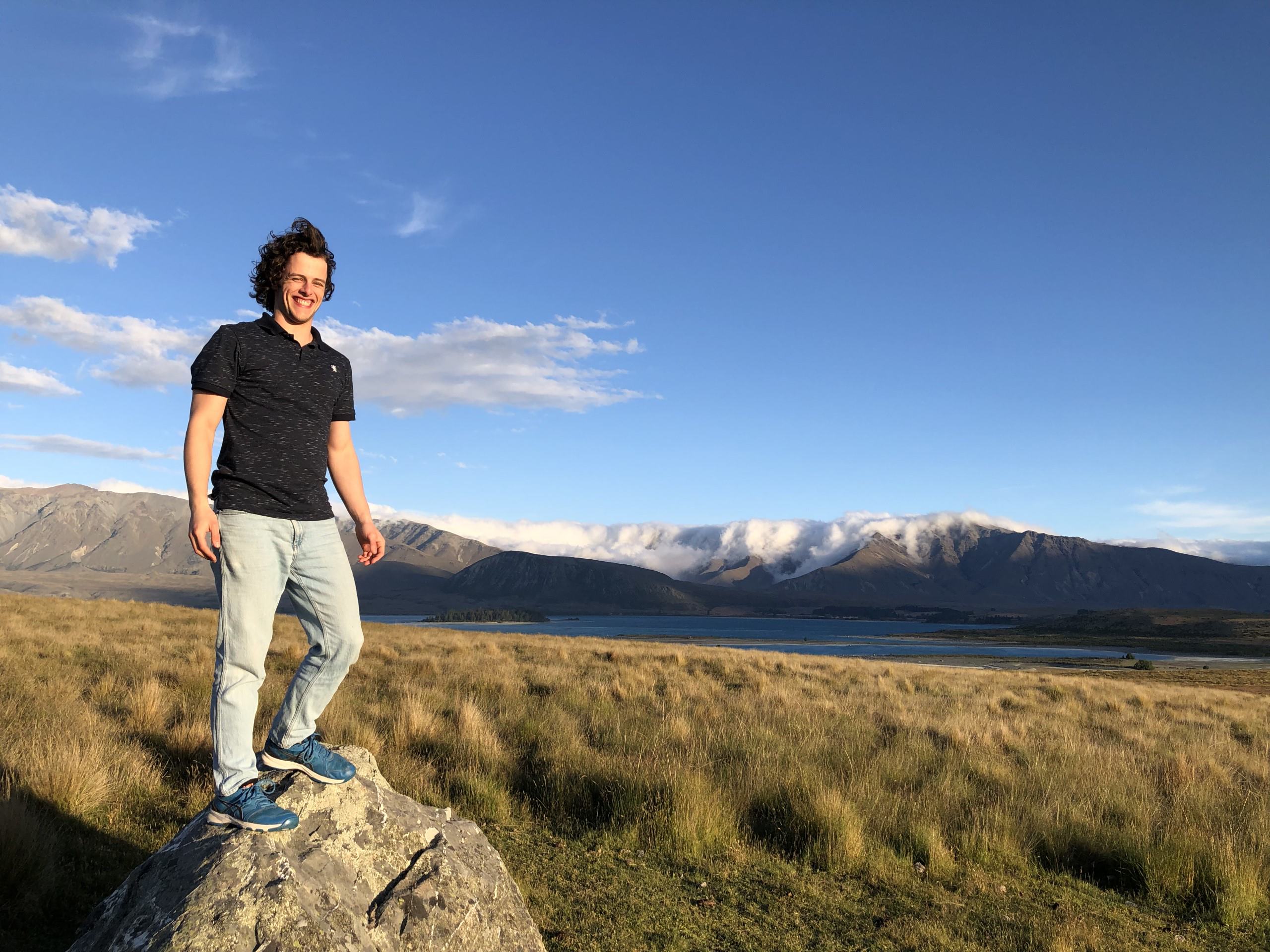
What Would You Do If You Couldn’t Hear Your Children?
September 29, 2020
Community Spotlight: Public speaking with hearing loss to advocate for others
October 2, 2020A brief history of Black Deaf people in America

Like much of history, Deaf history is primarily told from a white-centered lens, pushing Black Deaf history into the background.
As a Black American, I have learned that there is so much about the history of Black people in America that is untold or just now being found out. This is the same when you learn about Deaf history.
The history of Black Deaf people in America
Largely, the lives of deaf Black individuals are not documented during slavery time in the U.S. In my research, I didn’t see a mention of Black deaf individuals until the ending of slavery. Often deaf people are grouped in with people with other disabilities, and so individual research is limited.
One resource, in the journal Disability Studies Quarterly Summer 2008, Volume 28, No.3, titled “The Continuation of Slavery: The Experience of Disabled Slaves During Emancipation,” sheds a little light on emancipation for Black people with disabilities.
“To begin with, unlike slaves who could run toward freedom at the sound of the first Union gunshot, the disabled were forced to remain on the plantation and therefore within the institution of slavery. Thus, the history of emancipation has been, in essence, a history of able-bodied freed slaves, as disabled slaves, along with some children and elderly people, often could not escape the plantation South.”
Black American Sign Language
Black ASL is a form of American Sign Language that was birthed from segregation.
There is a wonderful book with accompanying videos called, “The Hidden Treasure of Black ASL: Its History and Structure” by Carolyn McCaskill, Ceil Lucas, and Robert Bayley. This book was
published in 2011. It is the first socio-historical linguistic study into Black ASL. From that study, we learn that in the south 17 states had separate schools or departments for Black Deaf people. The research Carolyn McCaskill, and her team, did takes us to six of the southern states.
To start, Black deaf children were not allowed to learn at deaf schools because of slavery and segregation. Before any schooling system, most deaf black individuals knew what is called “home signs.” Home signs are signs that are understood by family, or people in close contact with the deaf individual.
The first school for the deaf was founded in 1817. However, education for Black deaf children wasn’t created until the middle of the 1850s. Some deaf schools in the north diddeafn’t practice segregation of Black students, while some did.
In “The Hidden Treasure of Black ASL states,” author Carolyn McCaskill says, “Most schools in the northern regions did not have policies on segregation. Schools for Black Deaf children were not established until after the Civil War in a total of 17 states and the District of Columbia.”
“Schools for Black Deaf children were not established until after the Civil War in a total of 17 states and the District of Columbia.”
As it is known, for much of slavery time Black people were not allowed to get an education. When they were allowed, it wasn’t the best. We see similar things with Black hearing schools.
When integration started happening Black Deaf schools started being closed down and Black Deaf students joined white Deaf schools. Deaf white students and Deaf Black students were confused by each other’s signing because of the differences.
After segregation, Black ASL was pushed aside by many black signers, whether willingly or by force. However, many have held onto the language, and no doubt it has evolved with the younger Black Deaf generation.
“Black ASL is [more] similar to ASL than it used to be due to racial integration and mainstream educational programming,” says Hill, a research assistant for McCaskill’s project. “We see this same thing happening with AAVE (African American Vernacular English) being a lot different than it was before. Just like AAVE, the animosity towards Black American Sign Language can be seen, as some deem it as uneducated, unprofessional, and a lower form of sign language. This is inaccurate as Black ASL and AAVE are valid forms of expression and language use.
Getting Connected
Despite all the hurdles, the Black Deaf community continues to push for their voices to be heard. One organization, in the United States, that works towards change is the National Black Deaf Advocates (NBDA). This organization was started in 1980 and held its first conference in 1981 at Howard University. From its inception, until segregation was made illegal, the National Association for the Deaf (NAD) didn’t allow Black members, and the National Association for the Advancement of Colored People (NAACP) was not very accessible or inclusive of Deaf Black individuals. Because of this, and some other issues as well, the National Black Deaf Advocates was created.
“The Mission of the National Black Deaf Advocates is to promote the leadership development, economic and educational opportunities, social equality, and to safeguard the general health and welfare of Black deaf and hard of hearing people.”
There is so much more history to learn around Black Deaf History. You can also find other resources here Black Deaf History Resources.




